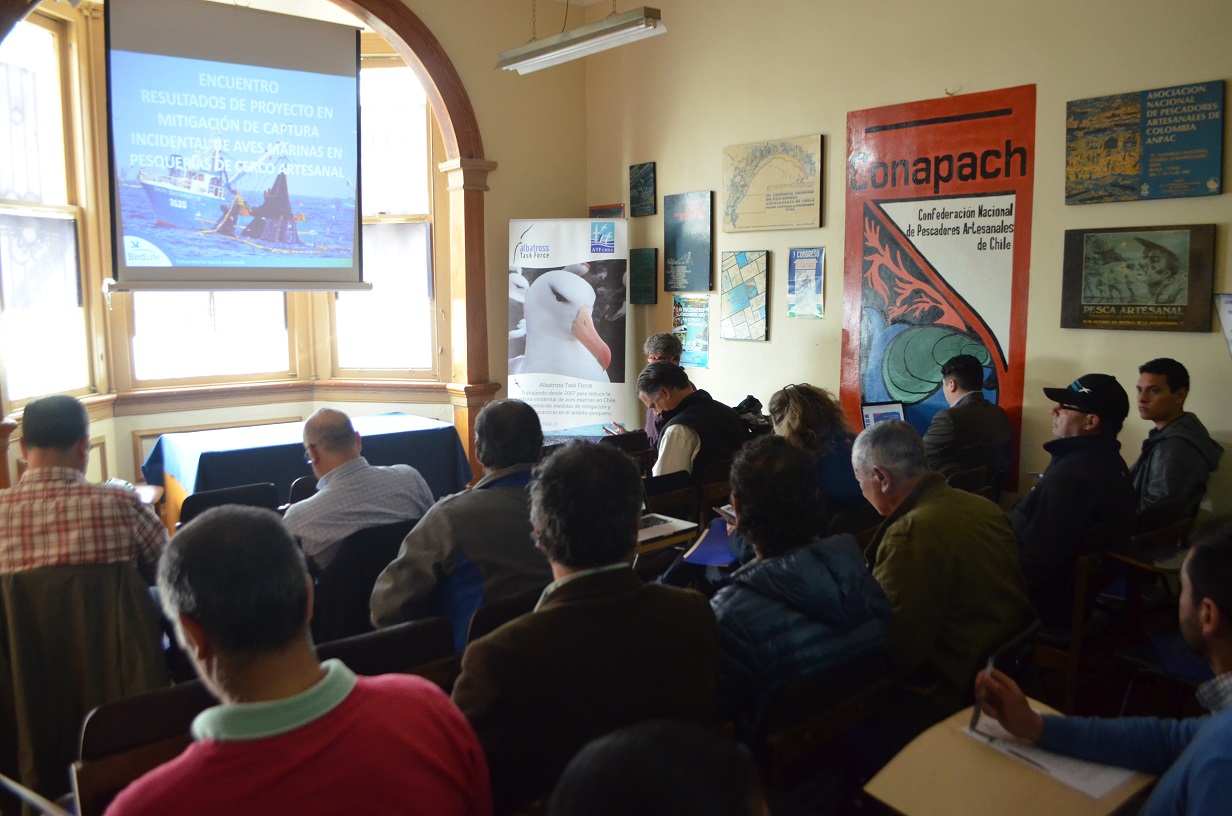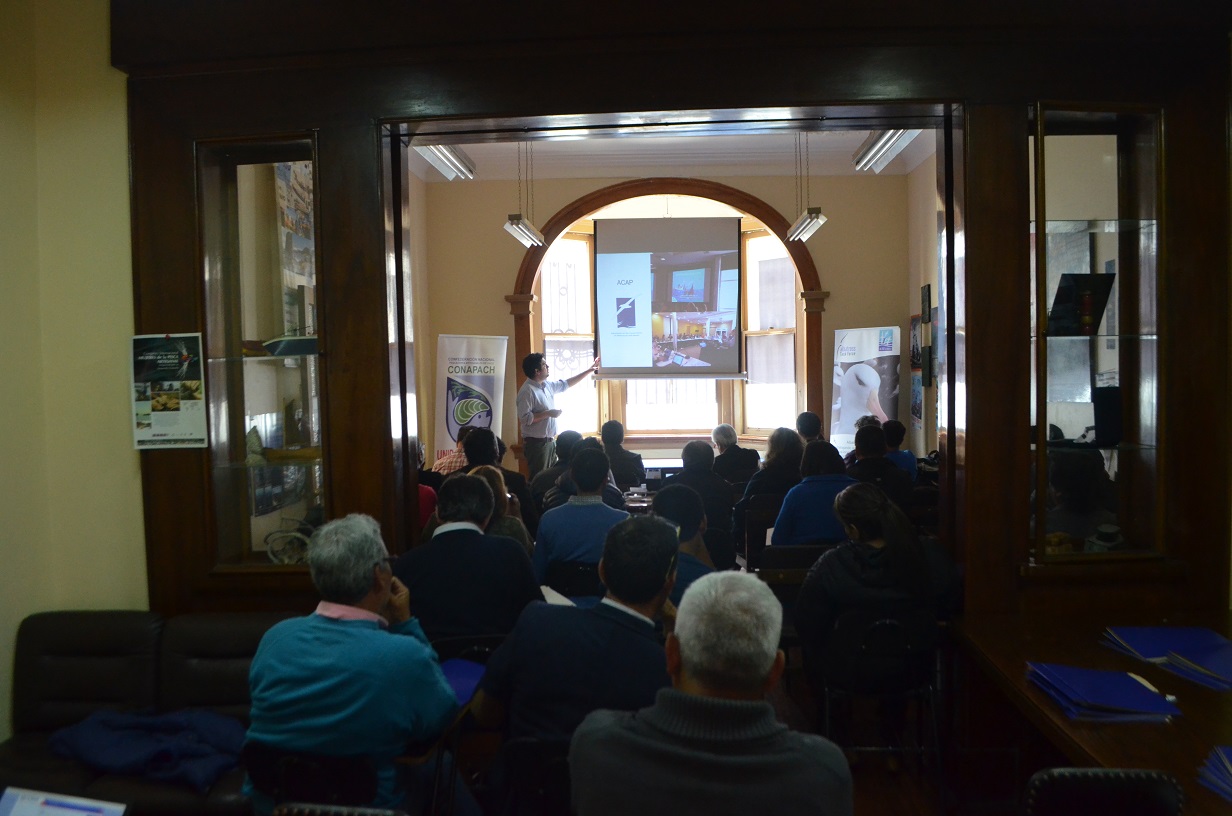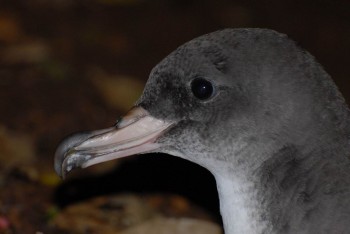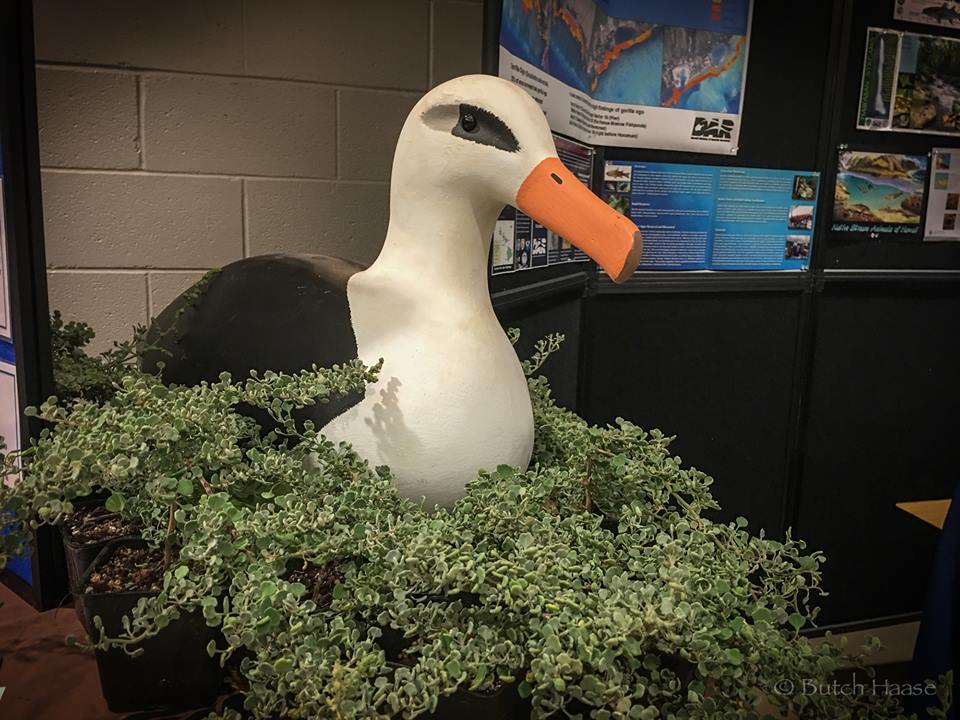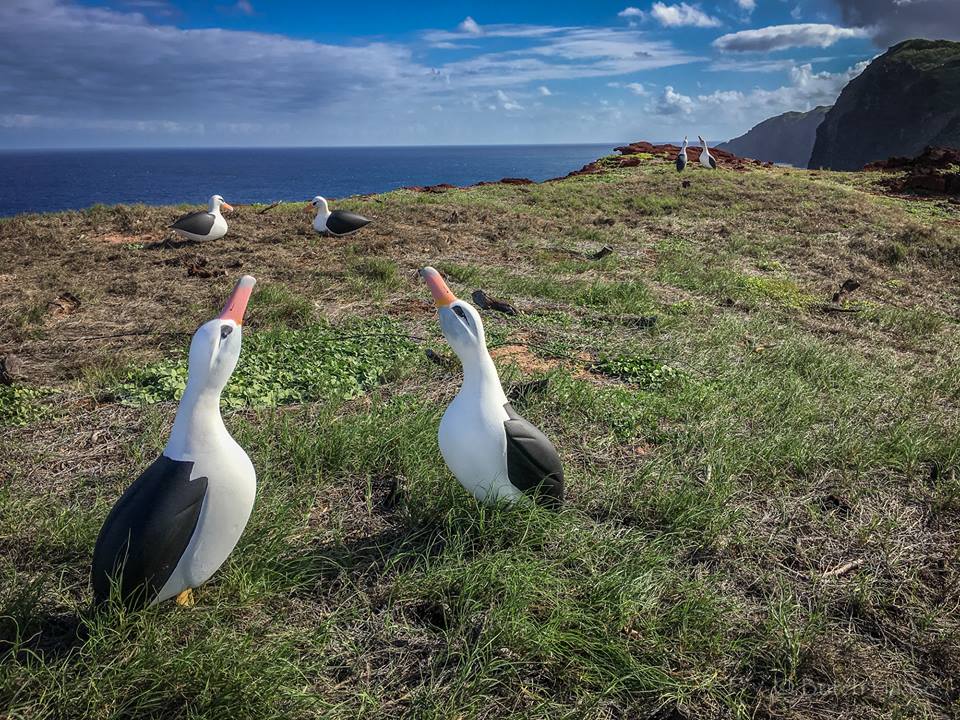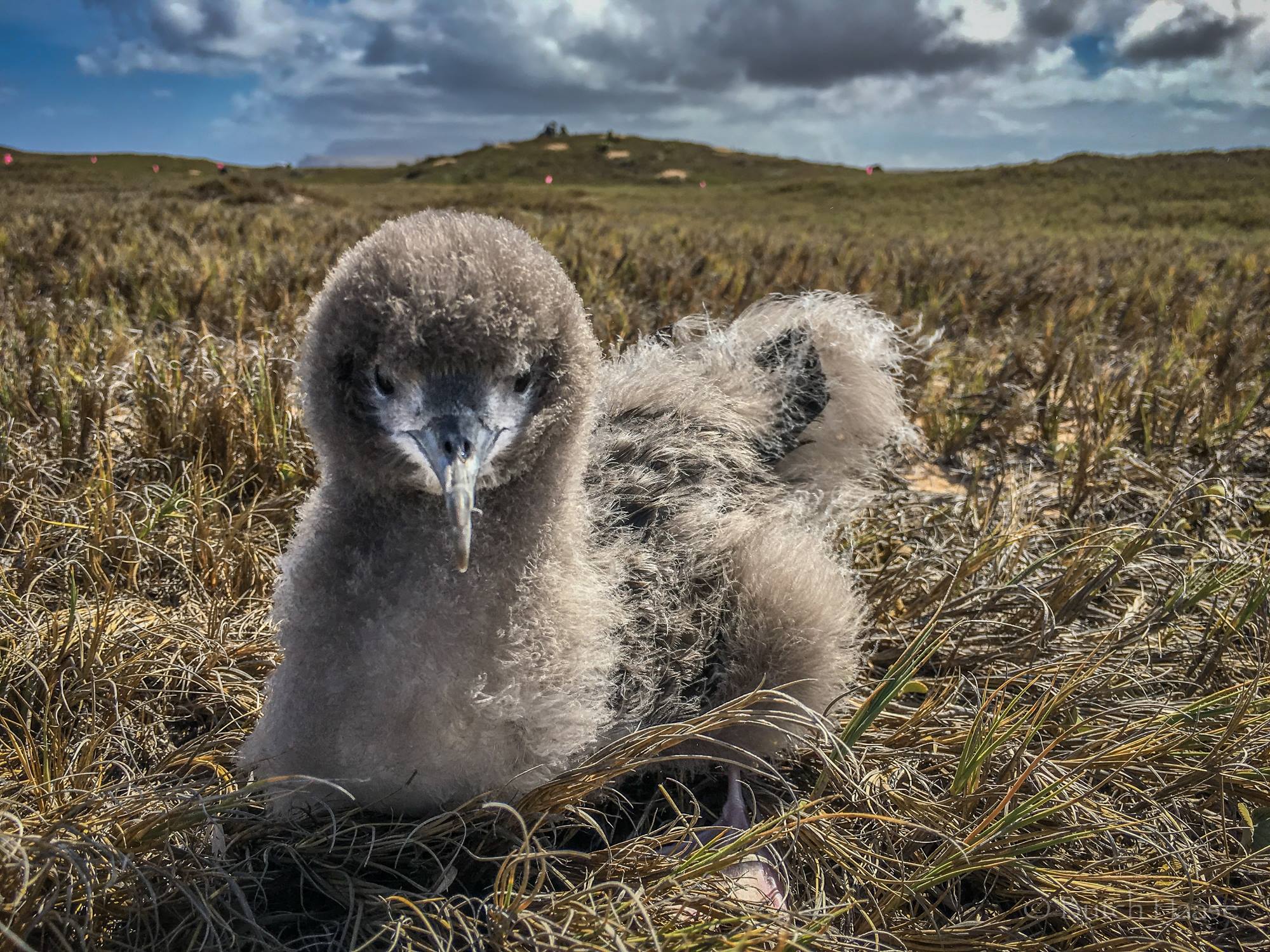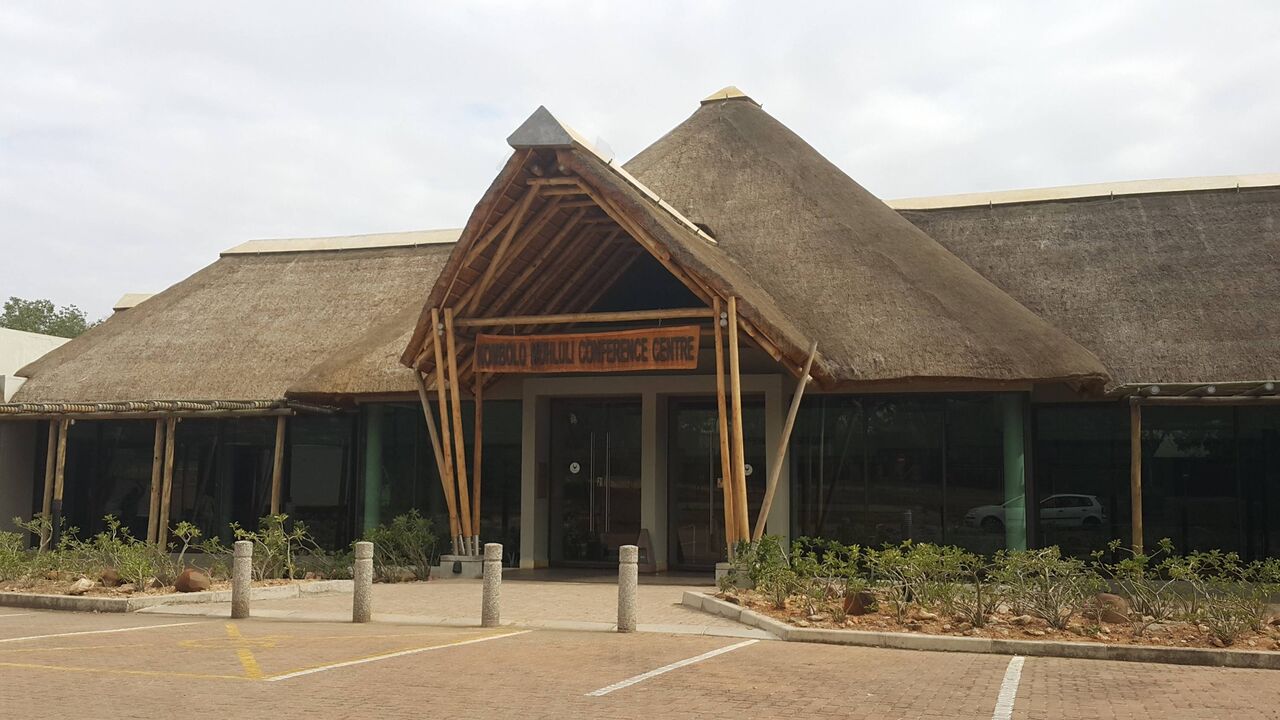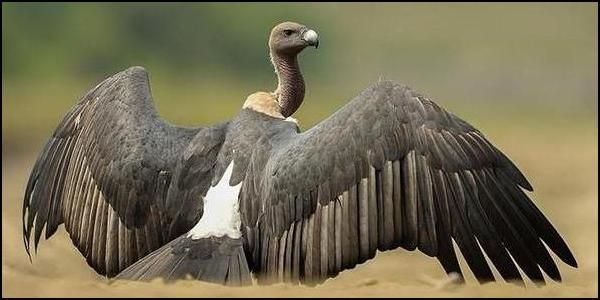Zuzana Zajková (Dept. Biologia Evolutiva, Ecologia i Ciències Ambientals, Universitat de Barcelona, Barcelona, Spain) and colleagues have published in the journal Marine Ecology Progress Series on at-sea movements of Boyd’s Shearwater Puffinus boydi.
The paper’s abstract follows:
“Despite the proliferation of seabird tracking studies, there is a relative paucity of studies on small tropical seabirds. We present for the first time the distribution and movements of the little-known Boyd’s shearwater Puffinus boydi, a Procellariiform endemic to the Cape Verde Islands. We tracked 28 birds from 2 breeding sites (Ilhéu Raso and Ilhéu de Cima) with geolocator loggers from 2007 to 2012. We also analysed stable isotopes of carbon and nitrogen in the 1st primary (P1), the 6th rectrice (R6) and the 1st (S1) and 8th (S8) secondary feathers to reveal moulting pattern and oceanic isotopic gradients. Birds migrated on average 1452 km westward, to the central Atlantic Ocean (5 to 15°N, 30 to 40°W), where they stayed on average 114 d, from May to August. Boyd’s shearwaters exploited oceanic waters year-round and showed δ13C values similar to other oceanic seabird species and δ15N values indicating the lowest known trophic level among all central Atlantic seabirds. Isotope values in flight feathers suggest most animals moult their P1 and R6 around the breeding ground, whereas all birds moult S1 and S8 at the non-breeding quarters. Correlations of δ13C and δ15N values from S8 with the longitude of the non-breeding area indicate the existence of large-scale isotopic gradients matching those known at baseline levels. Combining geolocator tracking and stable isotope analyses in feathers not only allowed us to describe in detail the annual life cycle and distribution of the species, but also the oceanic isotopic gradients in the tropical Atlantic.”
Reference:
Zajková Z, Militão T. & González-Solís, J. 2017. Year-round movements of a small seabird and oceanic isotopic gradient in the tropical Atlantic. Marine Ecology Progress Series 579: 169-183.
John Cooper, ACAP Information Officer, 28 November 2017

 English
English  Français
Français  Español
Español 